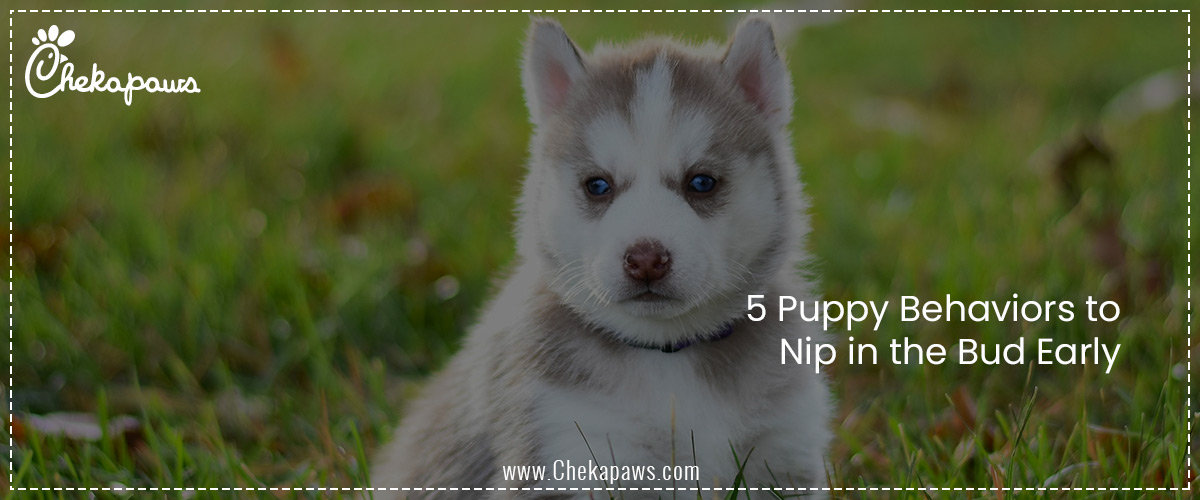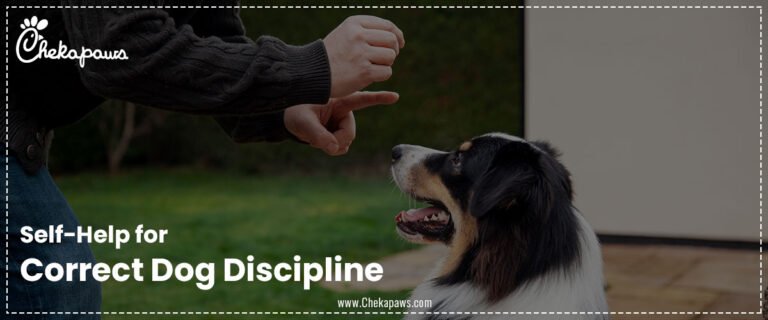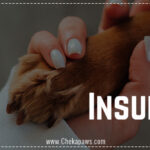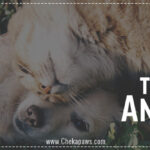Puppies are amazing bundles of joy, but they may develop undesirable behaviors if not properly trained from an early age. Puppies, like young children, are continually learning from their surroundings and interactions. Without early correction, unwanted behaviors can become develop, making them more difficult to break as the dog matures. Addressing these tendencies early on promotes a well-mannered, happy, and adjusted dog.
In this post, we will discuss five common puppy behaviors that should be addressed early on: nipping and biting, leaping on people, leash tugging, resource guarding, and excessive barking. By addressing these behaviors early on, you may make the experience more enjoyable for both you and your pet.
Table of Contents
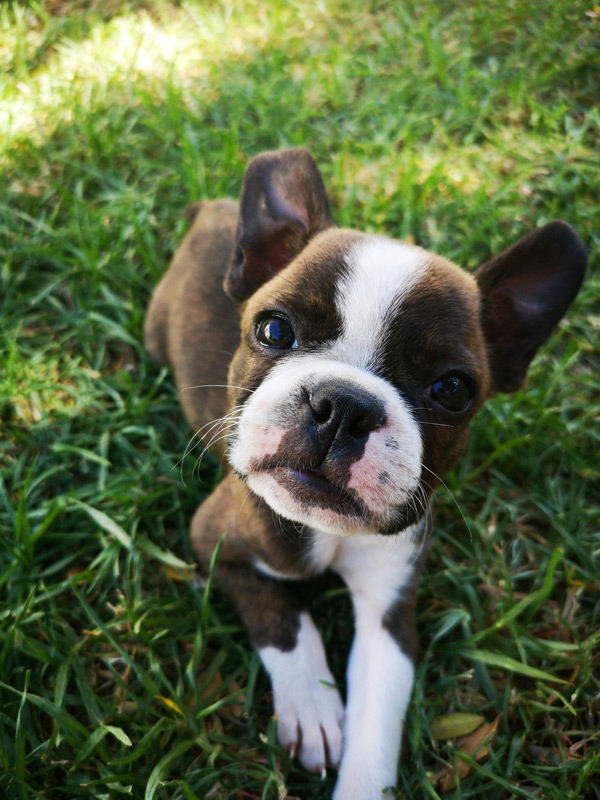
Excessive Nipping and Biting
Why Puppies Nip and Bite
Puppies use their mouths to investigate their surroundings, just as human babies use their hands. Nipping and biting are natural behaviors that result from teething, play, and social learning. However, if unchecked, these behaviors can progress to more aggressive traits in maturity.
How to Teach Bite Inhibition
For a well-socialized dog, bite inhibition training is important. This is something that puppies naturally pick up from their littermates; if one puppy bites too forcefully, the other will indicate that the play was too rough by yelling and pulling away. Owners may imitate this reaction by:
- When bitten, letting out a high-pitched “ouch”
- Immediately stopping fun and attention
- Finding a suitable chew toy for the puppy
Effective Training Techniques
- Give puppies chew toys; they need something suitable to gnaw into. To satiate their craving, provide a range of chew toys.
- Employ positive reinforcement by giving praise and treats for good behavior.
- Steer clear of physical play: Nipping behavior can be reinforced by playing rough games like tug-of-war.
- Maintain consistency: Make sure that everyone in the household abides by the same biting inhibition guidelines.
Jumping on People
Why Puppies Jump
Puppies jump to show excitement, welcome people, and get attention. When they are little, it could appear adorable, but as they become bigger, especially in larger breeds, it can cause issues.
Teaching “Four Paws on the Floor”
- Ignore jumping: Avoid paying attention to a puppy that is jumping. Turn away and just give praise for calmness.
- Teach your dog a different way to greet people by encouraging them to sit before getting attention.
- Give your little furry baby a treat when they stay on the ground to practise positive reinforcement.
- Maintaining consistency is essential; make sure family members and guests abide by the same guidelines.
- Avoiding Leaping on Visitors
- Before you greet guests, teach your puppy to sit at the door.
- Reward calm greetings with treats.
- Visitors should be warned in advance not to reward leaping behavior.
Pulling on the Leash
Pulling on the Leash
Because pups are keen to explore their environment, leash pulling is common. However, it may result in safety risks and can make it harder to handle the dog.
- Learning to Walk on a Loose Leash
- Put on a suitable head collar or harness: A harness with a front clip can may prevent pulling.
- Redirect and stop: If your puppy pulls, halt your stroll and wait for them to come back to you before moving on.
- Reward good behavior by giving your puppy praise and treats as they walk next to you.
- Start by practicing in a setting free from distractions.
Common Mistakes to Avoid
- Allowing pulling to succeed by moving forward.
- Pulling is encouraged by flexible leashes.
- Leash pulling can be frightening and confusing.
Resource Guarding
What is Resource Guarding?
A puppy that shows resource guarding will growl or snap when someone approaches them and become territorial of food, toys, or space. This behavior has the potential to turn aggressive if ignored.
How to Avoid Resource Guarding
- Hand-feeding your puppy fosters trust and lessens food possessiveness.
- The “drop it” command should be taught: To reward good behaviour, swap the guarded item for a treat.
- Reward your puppy when they give you their food or toy without protesting. This is an example of positive reinforcement.
- Refrain from punishing a puppy for resource guarding since this might exacerbate the behavior and cause anxiety.
Excessive Barking
Reasons for Puppies’ Excessive Barking
Although barking is a normal way for dogs to communicate, too much barking can be annoying. Boredom, attention-seeking, alert barking, and nervousness are common causes.
- Identify the trigger: The first step to lessening your puppy’s barking is to determine what triggers it.
- Teach your dog to cease barking by rewarding them when they do so.
- Give them mental stimulation: Regular training sessions and puzzle toys can help stop barking that is caused by boredom.
- Stay clear of reinforcing barking: If you reply when a puppy barks for attention, they will learn that it is effective.
When to Get Expert Help
See a qualified trainer or behaviorist to address underlying problems if excessive barking continues after training.
Conclusion
Puppies need to be trained with patience, persistence, and positive reinforcement. You can set the groundwork for a well-behaved adult dog by addressing these five behaviours at an early age: jumping, leash tugging, resource guarding, excessive barking, and biting. Maintaining initiative, making sure everyone in the house abides by the same standards, and rewarding and praising excellent behaviour are crucial.
Your puppy will develop into a devoted, well-behaved, and joyful friend with commitment and appropriate training!
